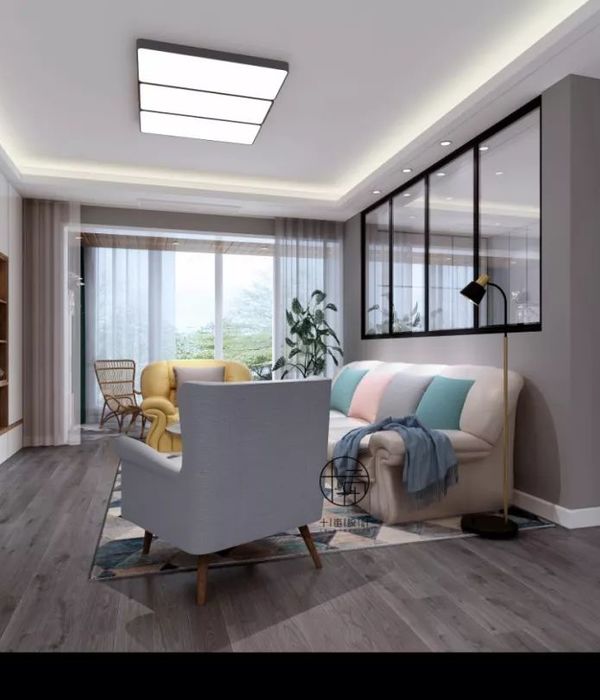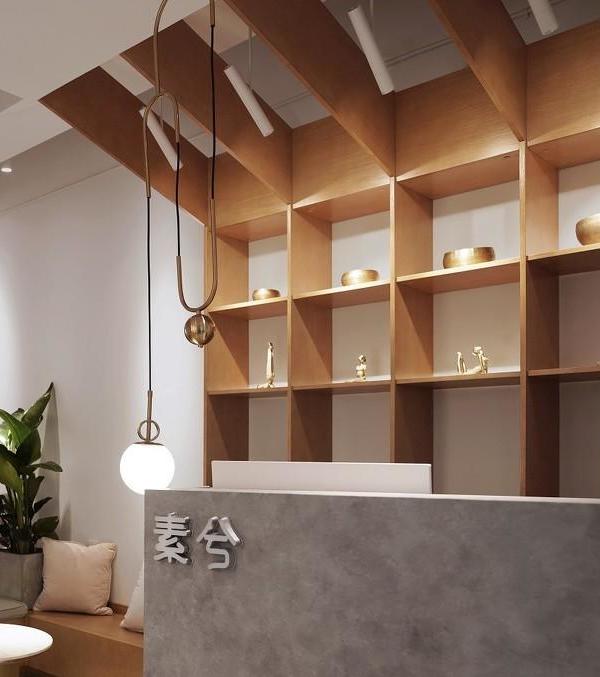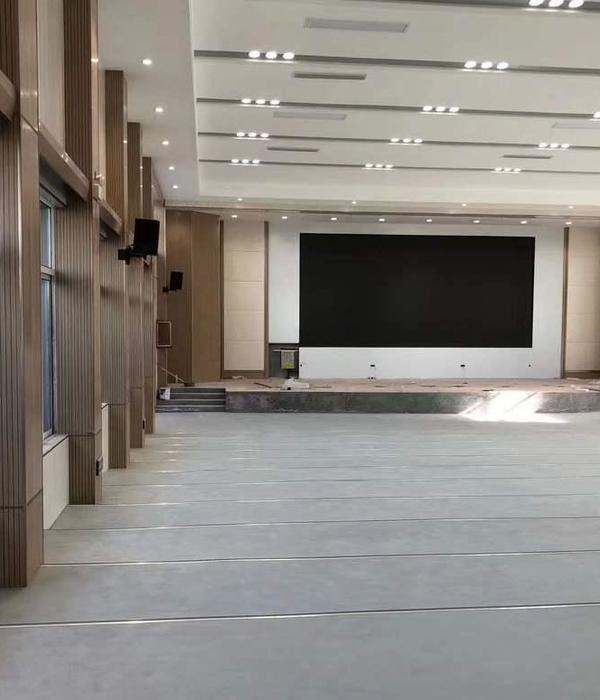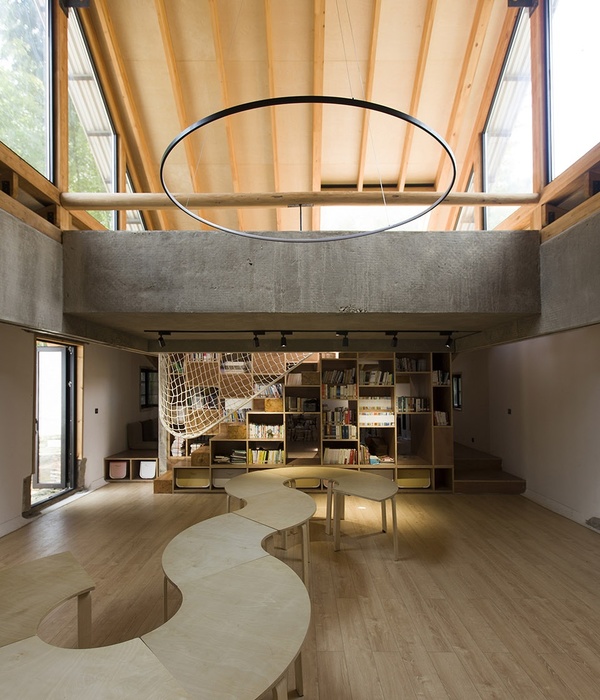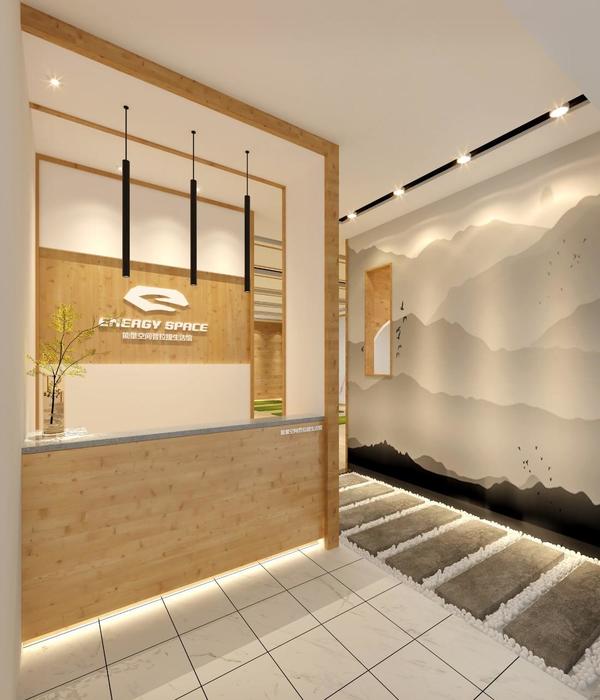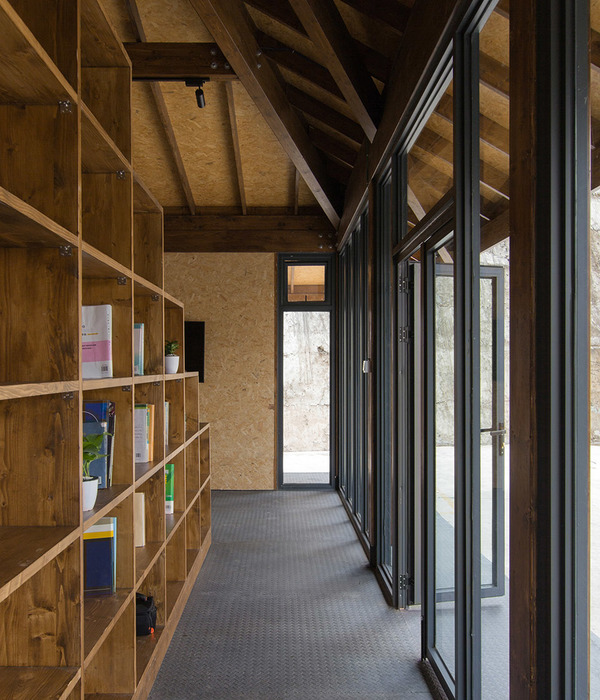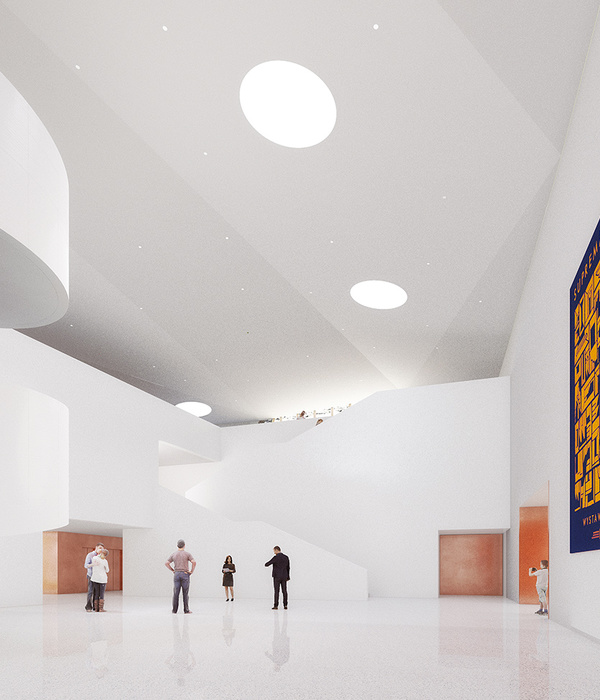非常感谢
Studio del Campo Manninger
将以下内容授权
发行。更多请至:
Appreciation towards
Studio del Campo Manninger
for providing the following description:
Recursive Barcelona/递归巴萨罗那,2012
Studio dCM (Studio del Campo Manninger) 今年九月即将在法国FRAC艺术中心展览的系列作品“递归”。
SPAN- Matias del Campo & Sandra Manninger
▼Exhibition in FRAC center /法国FRAC艺术中心展览,墙面装置效果图
▼Exhibition in FRAC center /墙面装置最终展品细节
对于递归几何探索始于将自然引入当代建筑学的思潮,上个世纪70年代,伯努瓦•曼德波罗(Benoit B. Mandelbrot数学家,经济学家,分形理论的创始人)发现了分型几何——形成从海岸线、山地地貌到云朵聚合等自然形态的数学基础。这一系列算法描述了在生物学、气象学、地质学等领域内,物质是如何通过自我相似性组合成实际形态的过程。
The main intention to explore recursive geometries is rooted in the opportunity to incorporate a basic geometrical rule from nature into contemporary architectural forms of thinking. In the 1970ies Benoit Mandelbrot discovered the basic rules of fractal geometry, a mathematical rule that is able to describe the phenomena of selfsimilarity in nature. From the rules of growth in fern to coastlines to the form of clouds, this set of algorithms is capable to describe the behavior of material aggregations in botany, biology, meteorology, and geology.
▼MAK Recursive Formations, 2011 /”递归”系列展览在MAK, 2011
在建筑学领域内,这种自我相似性表现于在确定条件下的重复动机。对称性的递归算法构成了这种模式的基础。
In Architecture the rules of selfsimilarity have been applied as a reoccurring motive throughout the existence of the discipline. Symmetrical recursive elements have been a constituting mode of aggregation.
▼MAK Recursive Formations, 2011 /”递归”系列展览在MAK, 2011
戈特弗里德•森佩尔(Gottfried Semper,1803~1879德国建筑师、作家、画家、教育家)通过对形式的研究将建筑归纳为三个要素:对称性、比例和各向异性,而这三个要素也是我们在设计工作中的重点,也是我们多年来对数字设计技术的探究,并且通过不断的算法学习日益丰富。
Gottfried Semper´s treaty on Style defines architecture as being defined by three specific conditions: Symmetry, proportion and directions. All of three are present within the most computational design techniques we have started to apply in our office. Opulence by Algorithm
MORE:
Studio del Campo Manninger
,更多请至:
{{item.text_origin}}



